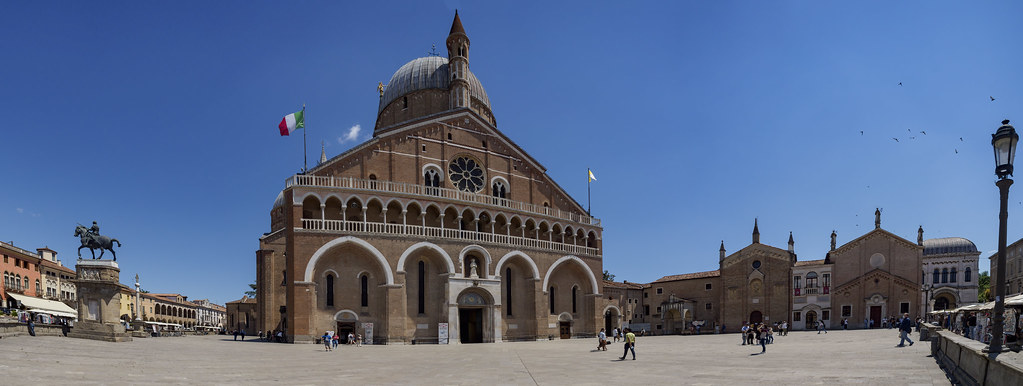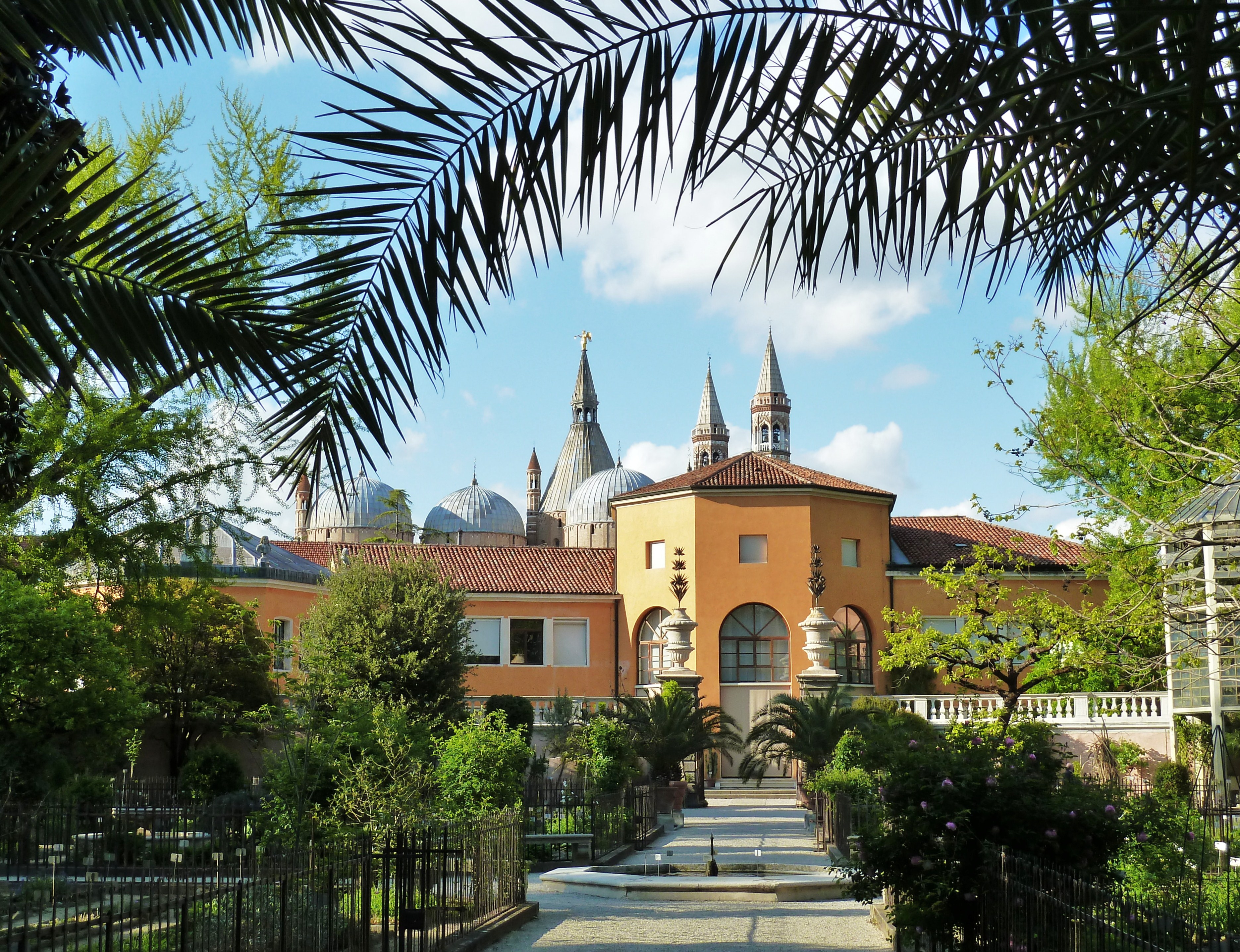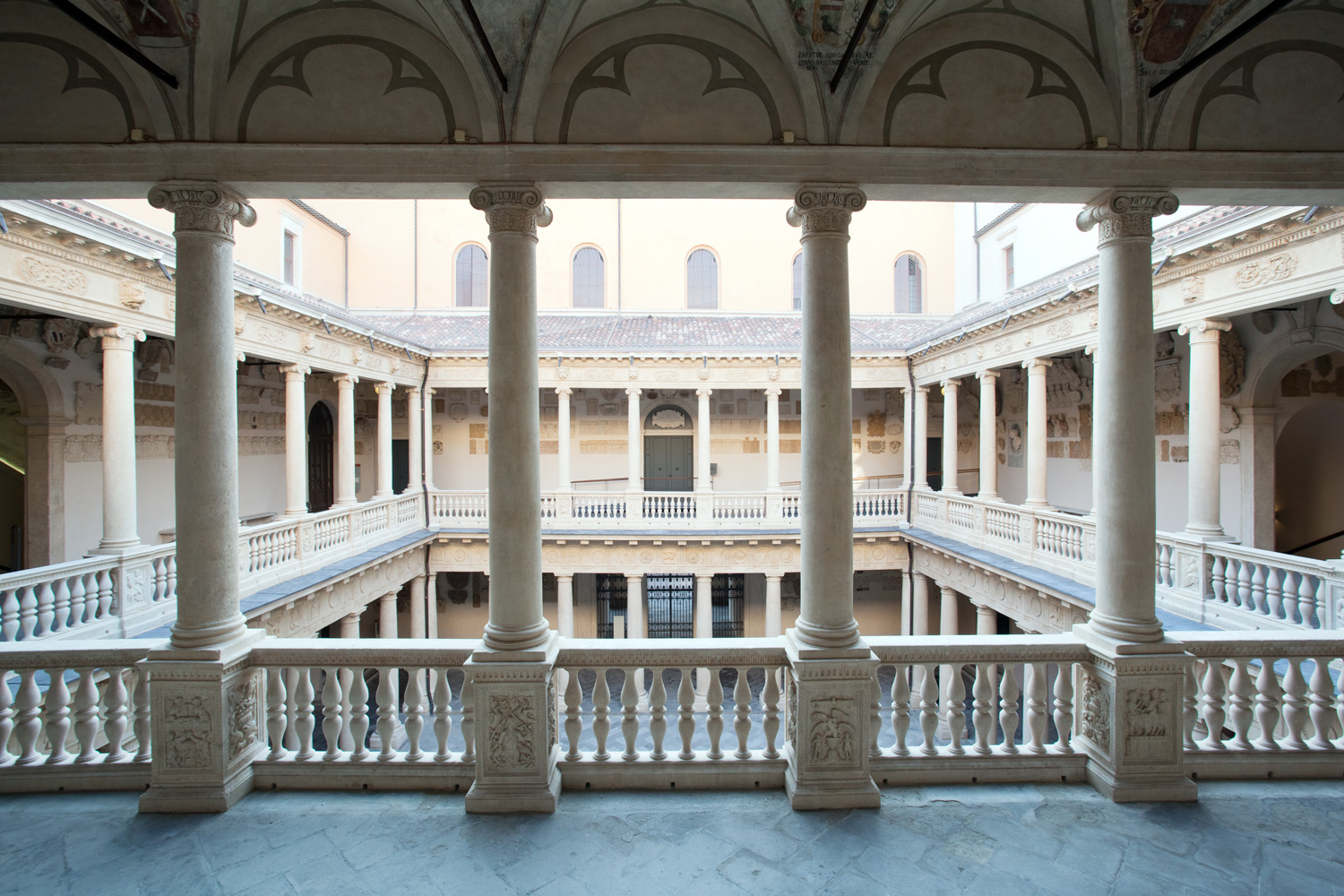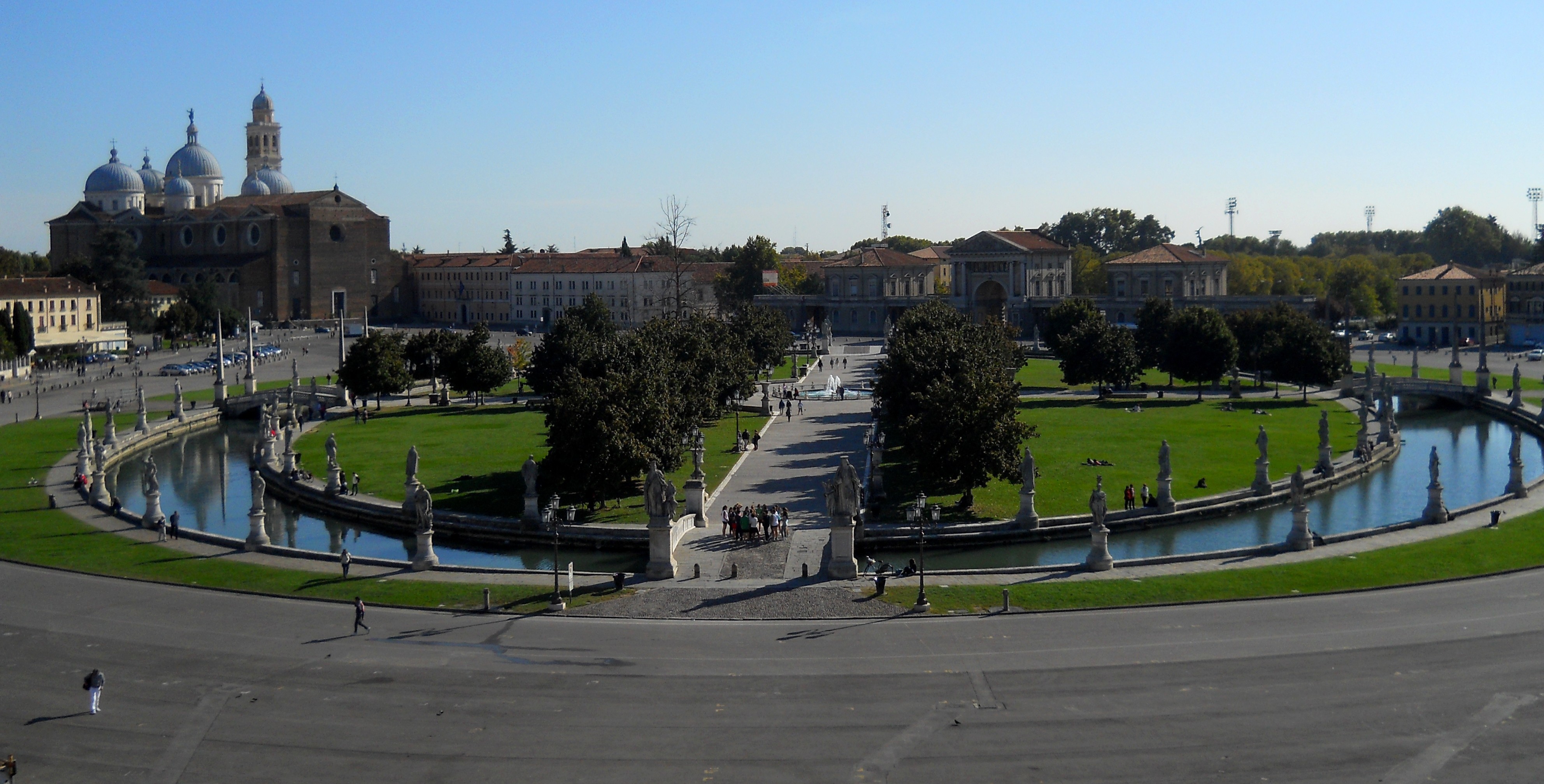PADOVA
Padova is a modern and lively city that combines historical-cultural heritage, centuries-old traditions, faith, and well-being (https://www.padova.com). It is a picturesque city located in Veneto, in a privileged position in the northeast of Italy, between Venice and Verona. Just outside the city are the great green lungs of the Euganean Hills (Colli Euganei) and the centre of one of the largest spas in Europe, the Euganean Spas (Terme Euganee). From Giotto to Donatello, Petrarca to Galileo, Padova has been host to the greatest artists and scientists, making it a temple of knowledge and beauty. Its ancient history breathes through the architectural miracles of the middle age, the legacy of the famous University, and the charm of the aristocratic villas, arcaded streets, and squares. The city flourished in the second part of the 20th century and became one of the richest and most economically active regions of modern Italy. Present-day Padova is a livable and active city, animated by the many young people who attend the University and at the same time proud of its culture, traditions, and rich history.
Main attractions of Padova city centre
The almighty St Anthony of Padova church (Basilica di Sant’Antonio di Padova) is Padova’s most important religious site, dedicated to the city’s very own patron saint: St Anthony, also known as ‘il Santo’.

The Orto Botanico of Padova is the world’s oldest academic botanical garden still in its original location. It was founded in 1545 and it is often referred to as the original botanical garden, paving the way for the hundreds of gardens found all over the planet today. Prato della Valle is the largest town square in all of Italy. It measures an impressive 90,000 sq meters in size, with a grassy island in its centre known as Isola Memmia and 78 statues representing the city’s most famous residents.

Established in 1222, the University of Padova is the second oldest university in Italy, after Bologna, and the fifth oldest in the world. Palazzo Bo (The Bo Palace) is the main campus of the university, located in the historical city centre of Padova. The main courtyard, with its many amazing frescoes, is free for anyone to visit, however, a tour of the university will allow you to see so much more.

Known as ‘the cafe without doors’, Caffé Pedrocchi is one of Italian most famous coffee shops, which from 1831 until 1916 was open 24/7 and its doors were never closed – hence the nickname. Located just across the road from Palazzo Bo, the cafe has been the meeting spot of countless important academics, intellectuals, writers, and artists. It has also hosted many notable parties and events, including elegant academic balls. Although the cafe does now have closing hours, it is still one of the best places to stop in Padova for a proper Italian coffee and delicious pastry.

Piazza dei Signori is an important square in Padova that is certainly worth visiting. The historic square was once the living and working headquarters of the rulers (signori) of Padova, hence the many impressive buildings surrounding this square. The piazza is centered around Torre Dell’Orologio (the clock tower) and its 24-hour astronomical clock that tells the time, date and position of the sun in the zodiac.

The Scrovegni Chapel (Cappella degli Scrovegni) is a small 14th-century church considered to be home to the most complete series of frescoes by renowned Italian painter Giotto. The beautiful frescoes depict stories from the bible, including the life of the Virgin Mary and Jesus Christ.

Prato della Valle, the monumental square of Padova, is one of the most active and animated places in the city, very popular with Padovans and visitors. It brings together many who are strolling, skating, studying, or just relaxing for a moment while sunbathing. Every Saturday is held a traditional market with over 160 stalls, while the antique market takes place every third Sunday of the month. The square is often used to host events and concerts.
